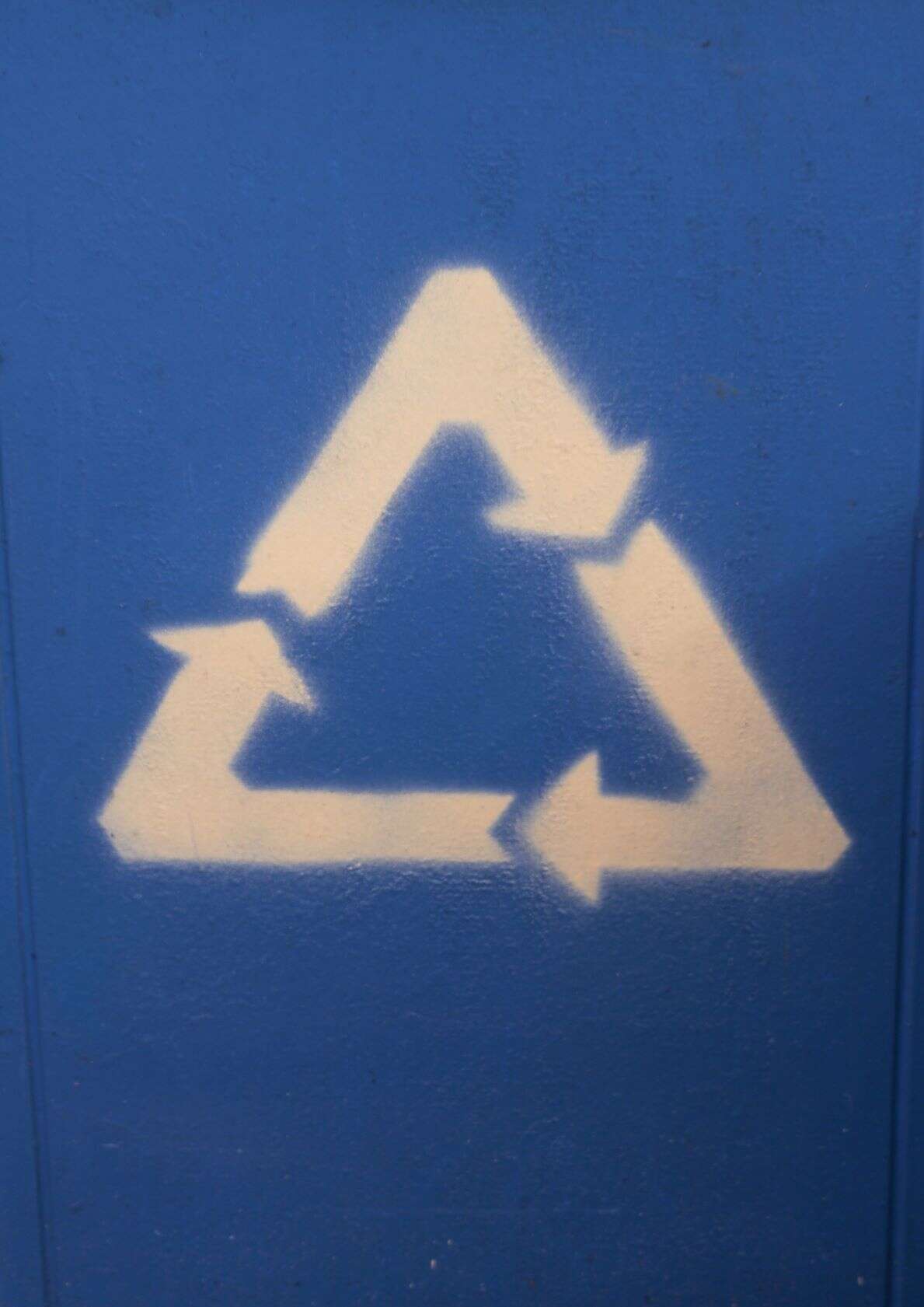
Eighty-two percent of the world’s e-waste was left to be dumped or burned rather than recycled in 2019.
The UN global e-waste report, published today, estimated that the precious metals contained in this waste was worth $57 billion in valuable metals like gold, silver, copper and platinum.
Globally generated e-waste is steadily increasing and has been since 2014. The UN predicts that it will reach 74 million metric tonnes (mt) by 2030.

White goods such as fridges and air conditioners release harmful gases when not disposed of responsibly.
The UN report said stated that in 2019 an estimated 98 million metric tonnes of C02-equivalents were released into the atmosphere due to the dumping of white goods in landfill.

Toxic additives also leak into the soil. Around 50 tonnes of mercury are contained in “undocumented flows of e-waste” annually. Mercury can damage the human brain and coordination system in large doses, and often causes soil pollution in areas around landfill.
Asia is leading the world in e-waste production, producing 24.9 million metric tonnes, followed by America at 13 mt and Europe at 12 mt.

This is not primarily IT waste, but domestic white goods.
Executive Director at the United Nations Institute for Training and Research (UNITAR) Nikhil Seth said: “More cooperative efforts are required to make aware of this increasing issue and take appropriate countermeasures supplement by appropriate research and training.
How to Deal with the Waste
The steady increase in incorrect disposal of e-waste is due in part to the growing consumption of these products in lower income countries, the UN said — although the greatest amounts of waste per capita came from Europe. Rapid urbanisation requires new solutions to address rising environmental and human health risks, especially in densely populated areas.
Read This! CMA: Someone Should Break Up Google and Facebook, But Not Us…
There are, predictably, some who think tech itself will ride to the rescue: a white paper released by product development consultancy Cambridge Consultants thinks AR could be a major help.
The consultancy said: “With the aid of Augmented Reality (AR) glasses that use cameras, motion and depth sensors, additional operating information can be overlaid onto the real-world environment during work.
“Operators will be instructed in real-time on how to de-manufacture end-of-life items, while training times will be reduced.
“Ultimately the operator will be able to see the location of screws, prying points and suggested critical parts to be retrieved, while receiving instructions on how to disassemble a specific device”.
What is the UK Doing?
The UK government response to the growing problem of waste electrical and electronic equipment (WEEE) was not reflective of its apparent seriousness.
In DEFRA’s revised targets for WEEE waste disposal, released in March, the governmental department proposed to cut the targets for electrical waste for 2020 by 12,000 tonnes.
This may not have an effect on the overall problem, however, as the proposed UK household WEEE collection target for 2020 is a full 35,439 tonnes more than what was collected and reported to the environment agencies in 2019, as reported by Comply Direct.
Don’t Leave Before You’e Read This! DBA Appreciation Day — Business Leaders: Are You Jettisoning Expertise That You Need?
Mateo Dugand – Technologist, IT Efficiency and Sustainability, HPE, told Computer Business Review: “The technology sector has an enormous opportunity to decouple economic growth and development from the consumption of finite resources through a more circular economic model that keeps products, components, and materials at their highest utility and value, and in-use longer.
“Our current economic model is based on extraction and depletion, whereby products are designed and manufactured with linear thinking and only a single lifespan in mind. Closing this cycle requires much more than just recycling—it requires designing products from the start with considerations for repair, disassembly, remanufacturing and reuse, recycling, and limiting of waste streams to ensure that materials are fed back into the system.
“We need to consider everything from how we design products to what we do with them when we’re done, new business and financing models, and the necessary incentives and legal structures. This systemic approach requires working across multiple disciplines simultaneously, rather than planning single point interventions.”
HPE has been forward-acting in this regard, offering customers a range of heavily discounted, upcycled offerings.
The company says it received nearly four million assets at its “Technology Renewal Centres” in 2019. It says of these, 88% were given new life, and only 12 were sent to recycling.






